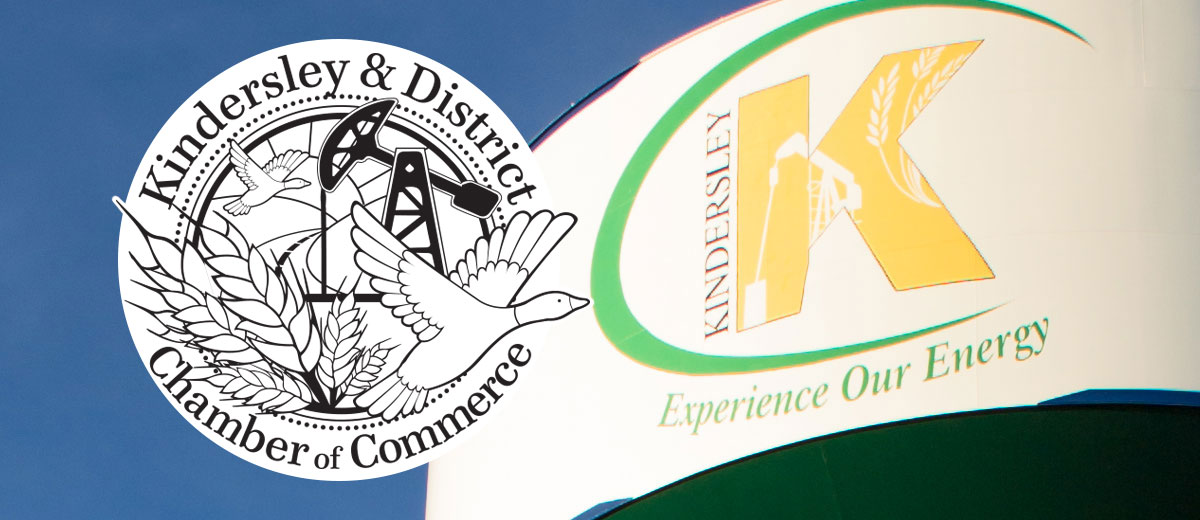
Kindersley Chamber Interview Series: Rod Pedersen
The Kindersley & District Chamber of Commerce has teamed up with the TEN to provide a series of videos featuring local and well-known businesspeople as inspirational educational material for students in Kindersley & the area.
The dream is free; the hustle is sold separately. Watch this video if you want to start your own business!
Do you like freedom and doing things on YOUR time? When you own your own business, you are a step closer to your dream! Entrepreneurship can be your answer. Tune in to hear Rod and hear what he has to say!
Rod Pedersen – Rod was a fun guy to interview. He knew when he was young that he did NOT want to work on the family farm for rest of his life. He packed up and moved and took jobs to support himself. He gravitated to radio and communications which took him to many places and, ultimately he was the distinguished “Voice of the Riders” for 20 years. Rod has since retired from that gig and now hosts his own podcast which is very successful and popular! Rod is the role model for PROVE WHO YOU ARE! Don’t be afraid to try new things; you just might like it. Call the Chamber of Commerce @ 306-463-2320 for information about starting your own business or taking over an existing one.
You can view the films as they are released on our website or on the Chambers’ YouTube channel.
For the latest information and for more updates on everything Kindersley ‘Like’ the Kindersley Social Facebook page below…


































